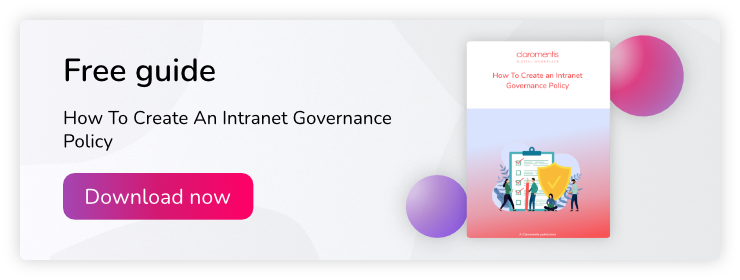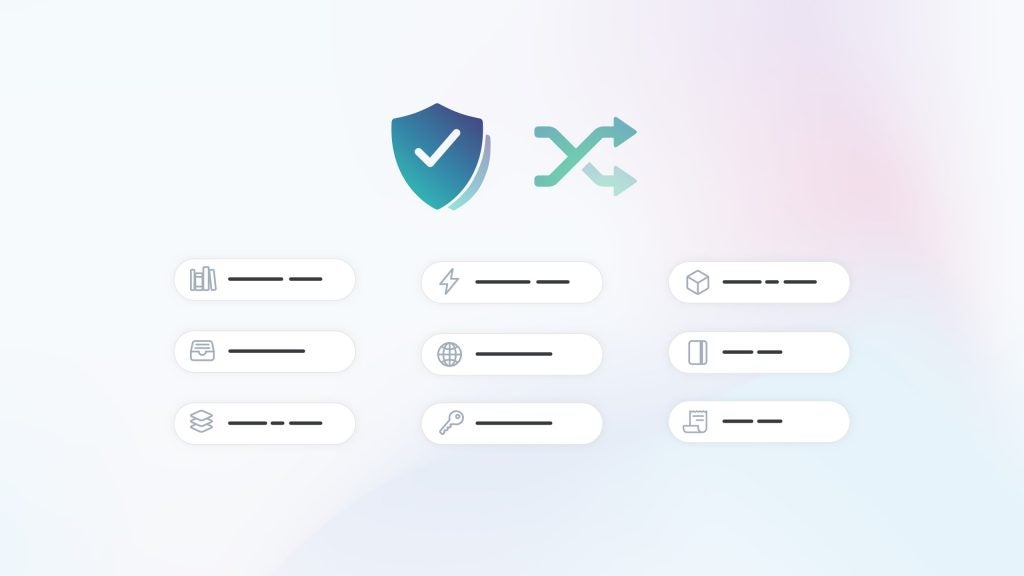Digital transformation is helping organisations in all sectors of the economy to increase the efficiency of their business processes, ensure the consistency of their service delivery, and improve the quality of their products and services.
With these performance gains, however, come the challenges of compliance issues related to existing and new procedures and regulations laid down by government agencies and regulatory compliance frameworks. Technology dependent business entities must therefore take digital compliance issues into account.
![[FREE GUIDE] How To Create Your Own Intranet Governance Policy](https://no-cache.hubspot.com/cta/default/5025095/361f3e64-a6c7-449a-a9b2-fdd3f96daccf.png)
What is digital compliance?
Digital compliance is a way of ensuring that, from a technology use, data handling, and business functions standpoint, your organisation is meeting all legal and procedural obligations to relevant industry standards, laws, and regulatory compliance frameworks. Depending on your sector of the economy and the nature of your business, these obligations may cover a range of issues, including internal procedures, digital security, safety regulations, risk assessment, data governance, and privacy protection.
Since the advent of COVID-19 and the shift to remote work, organisations across the globe have had to adjust their stance in order to ensure compliance – particularly in matters of digital data handling, communications monitoring, and the safeguarding of market-sensitive information.
In the UK for instance, where lockdowns have resulted in an estimated 18 million people working from home, employers face compliance management challenges from workers using personal desktop and mobile devices to process business-related data.
In response to these compliance management challenges; some firms have introduced notification and information dissemination systems to remind employees of the need to reinforce positive behaviours and ensure appropriate handling of company data. Other organisations are increasing the visibility of telephone and messaging hotlines and online employee portals. These are just some of the measures that compliance managers are deploying to ease the compliance management burden.
Why is digital compliance important?
Using the tools and techniques of digital transformation enables compliance managers to keep current with the latest changes in the regulations governing their sector, as well as developments in business processes and technologies that may raise compliance issues.
A comprehensive compliance management solution enables a business to effectively monitor and manage all phases of the regulatory compliance lifecycle, including the setting of benchmarks, the investigation of compliance issues, remediation, and recovery in cases where misconduct or non-compliance occur.
Effective deployment of enabling technologies like Artificial Intelligence (AI), Business Process Automation (BPA), and data analytics empowers a compliance manager with a set of systems, tools, and processes that can protect the information and technology assets of an enterprise – both in the integrity and efficiency of business functions, and in the relevant areas that improve compliance.
What is a compliance form?
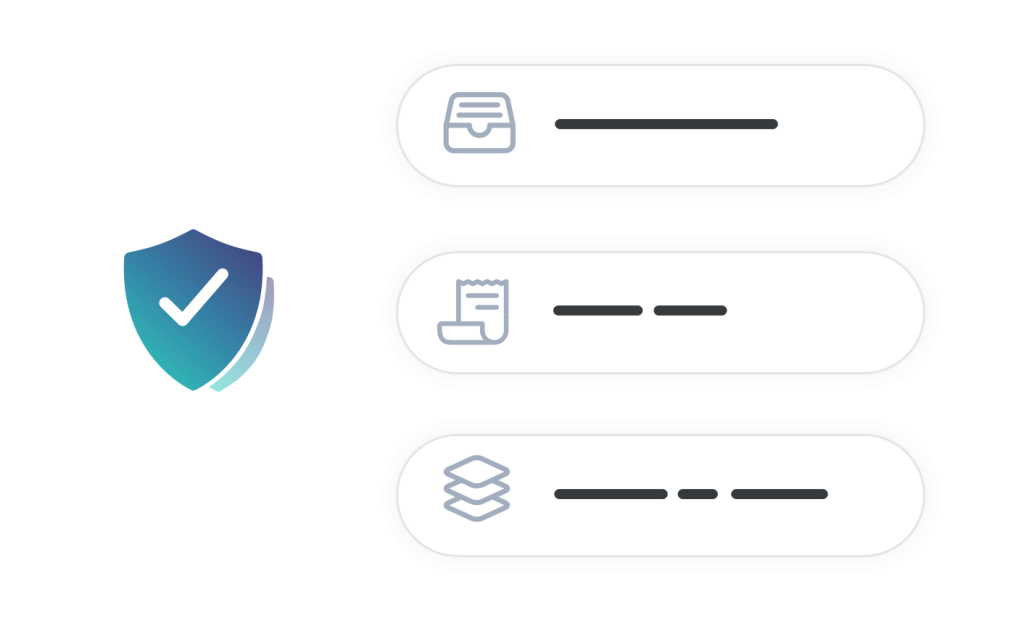
A compliance form is a tool or template that provides sample policies, procedures, checklists, and other resources to assist organisations and their compliance managers in implementing their compliance measures and staying in line with relevant industry regulations and frameworks.
![[FREE GUIDE] How To Create Your Own Intranet Governance Policy](https://no-cache.hubspot.com/cta/default/5025095/361f3e64-a6c7-449a-a9b2-fdd3f96daccf.png)
While paper forms still exist, they are rapidly being replaced with digital forms or paperless forms. A digital form can effectively include all the aspects of the equivalent paper form – but with the added advantage that form fields and form data can be instantly and cleanly modified, if necessary. Form builder software also makes it possible to create digital forms for users in remote locations. These take the shape of online forms or mobile forms that can be accessed from anywhere with an internet connection.
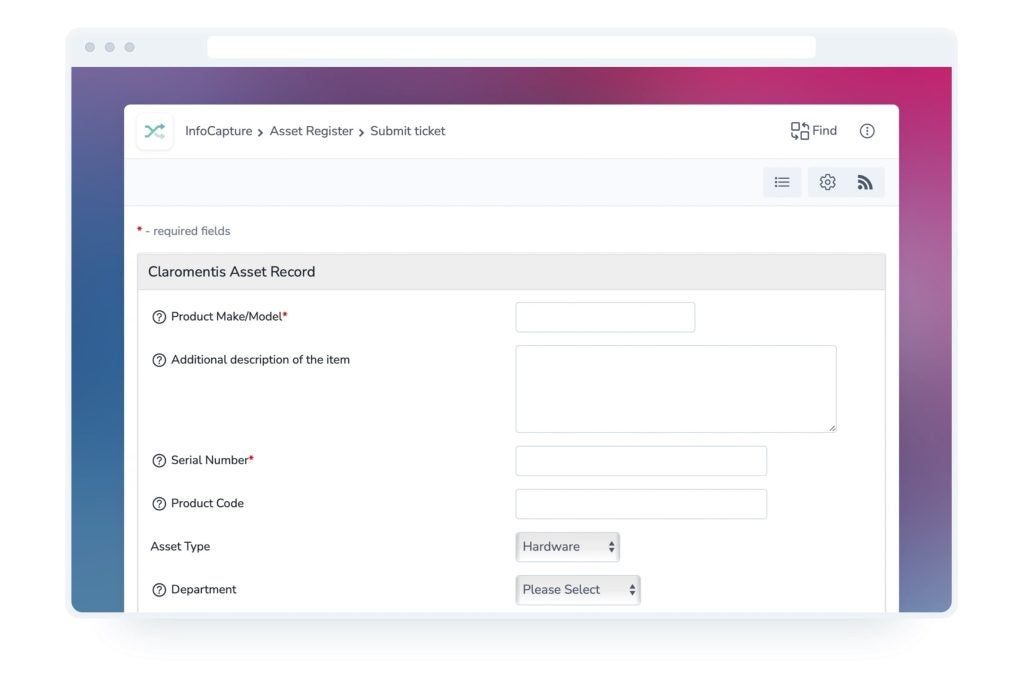
A digital form creator will typically include a range of standard templates for the compliance manager to use in their raw state, or otherwise easily adapt to the needs of various business functions. Compliance management forms may cover a range of issues, including:
- Administration of the Compliance Management Programme
- Auditing and Monitoring
- Reporting on Internal Processes and Business Functions
- Relevant Standards, Policies, and Procedures
- Risk Assessment and Risk Management
- Staff Training
9 Essential digital compliance forms
At Claromentis we need to comply with both ISO9001 and ISO27001 as well as HIPAA – and similar compliance challenges are shared by many of our customers.
Compliance management is a critical issue, and a key strategy is to have the correct tools available so that compliance becomes what it is meant to be – a natural way to run your business in a low risk, legal and efficient way. That means continuously monitoring for incidents, capturing data, learning lessons, and always improving.
We use a combination of Claromentis applications to ensure compliance. These are our Policy Manager for policies and procedures, Knowledge Base for information sharing and collaboration, and InfoCapture – our powerful application to build e-forms and processes.
We also utilise our e-learning framework to provide training for team members on these important processes.
Here’s complete list of all of the relevant electronic forms that we use for compliance with important ISO frameworks:
- Asset Register
- Complaint Form
- Data Access Request
- Incident Report
- Internal Audit
- Lessons Learned Log
- Management reviews
- Risk and Opportunities Management
- Supplier Management
All of these electronic forms and processes are built in a similar way, and of course are completely integrated in our Claromentis intranet.
The process is:
- We design the form
- We set out the statuses that are relevant to each process
- We decide who can submit the requests/issues
- We plan what data needs to be captured by which teams as the process moves through these stages
- We decide which teams can manage the requests
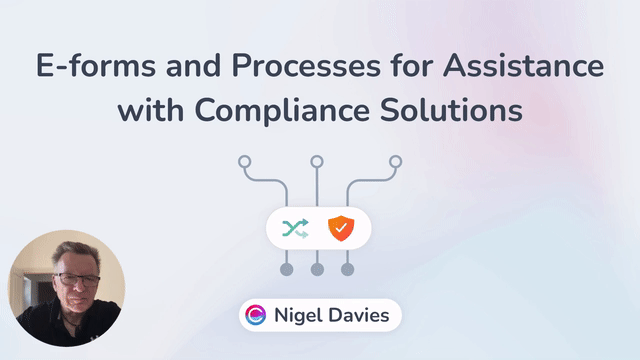
In the video above I am illustrating this process using the ‘Risks and Opportunities Management’ e-form.
This is, of course, our own version, particular to our own needs at Claromentis. However, the InfoCapture application – like Claromentis tools and apps– allows you to create a form that exactly matches your precise business and compliance needs.
With the right tools in place, our ISO audits become a pleasure, as the external consultants take a look at what we have in place, and simply review our reported issues and actions taken. Any direct improvements suggested can immediately be implemented in the relevant e-forms and processes – contributing to our continuous improvement.
To discover how Claromentis can assist you in deploying digital forms to improve your compliance management programme, contact us to book a personalised demo.
